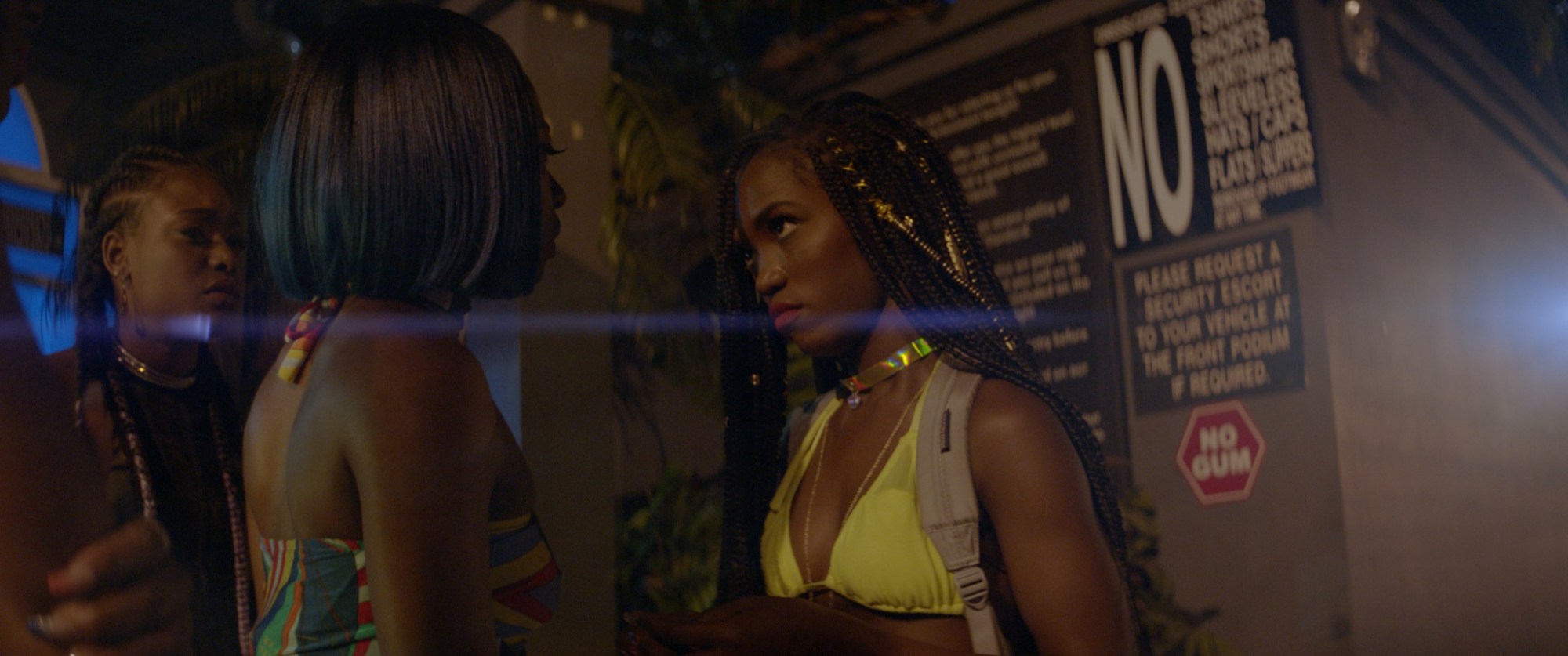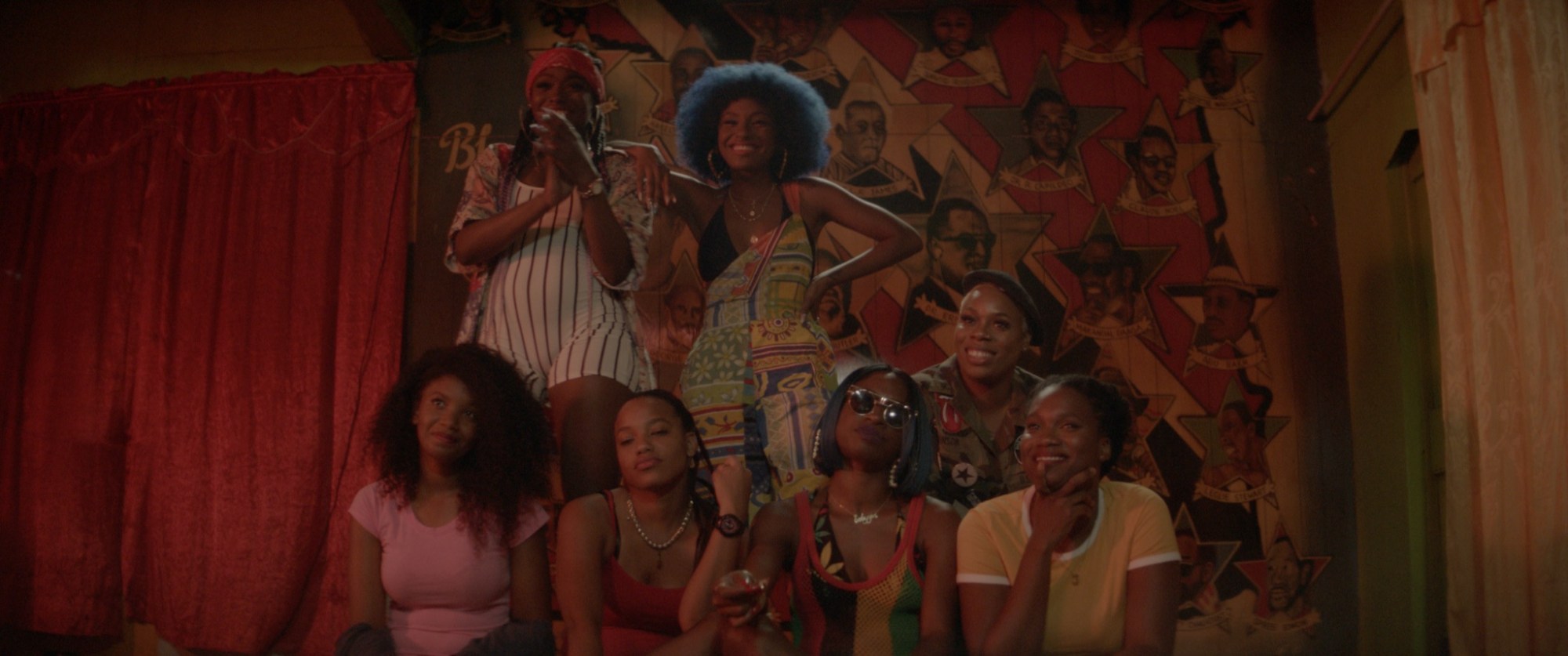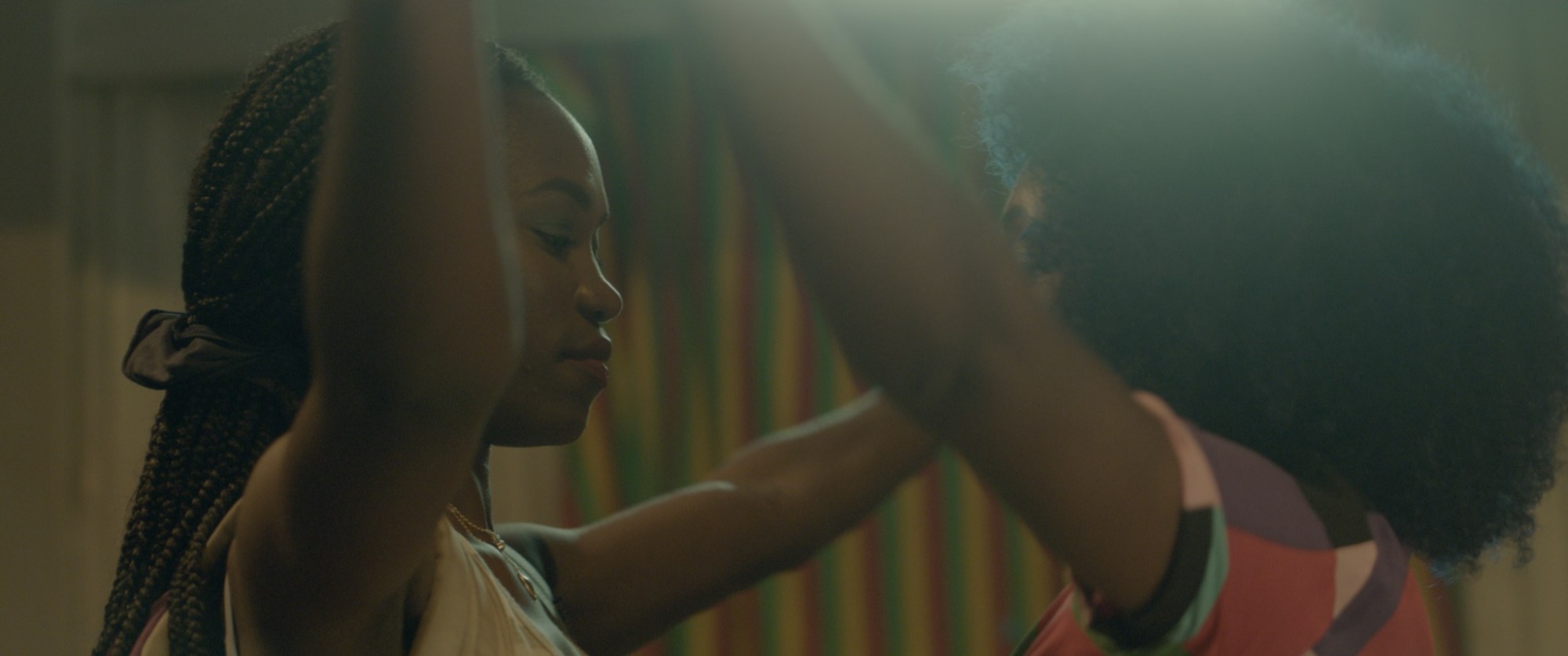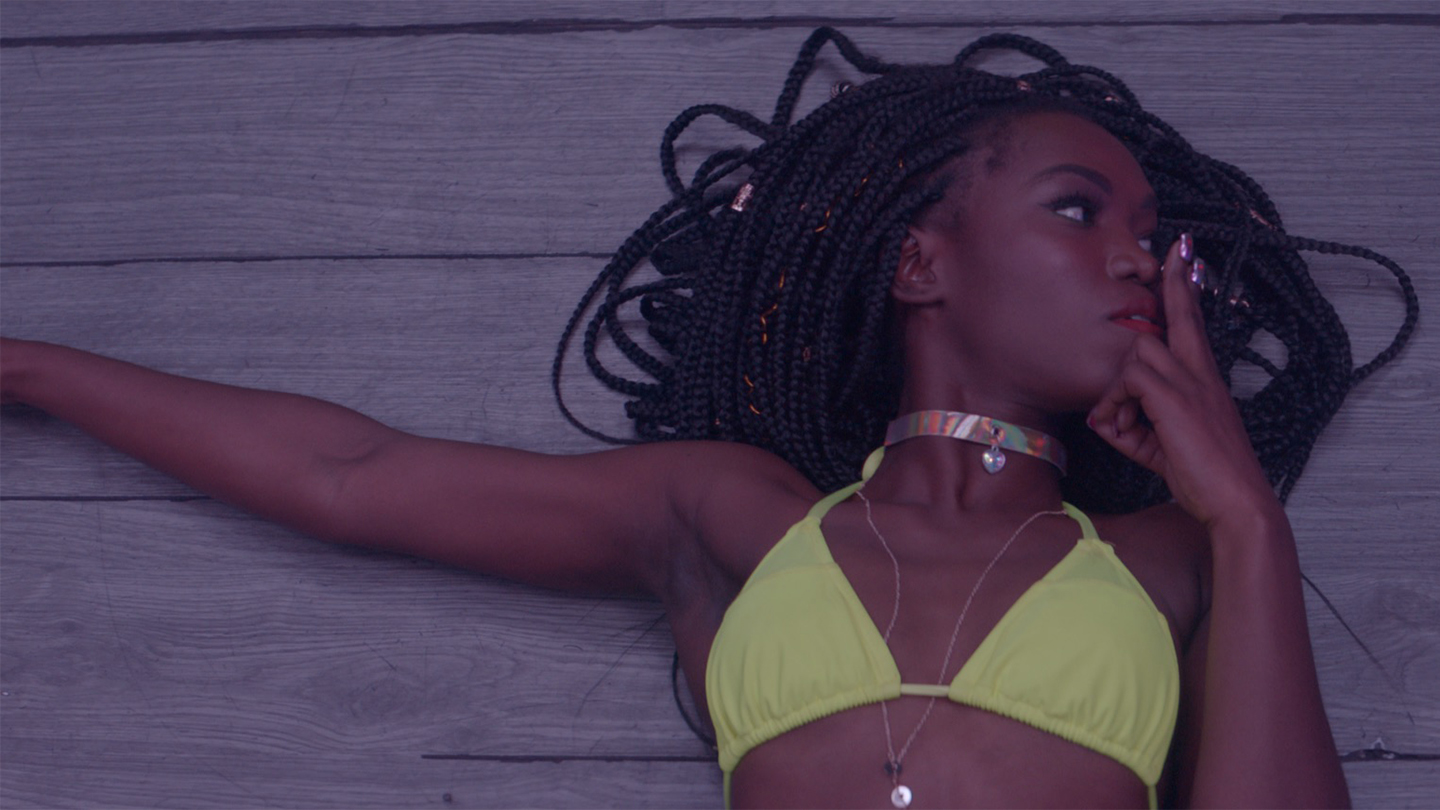Caribbean filmmakers are finally having their moment. Long sidelined in favour of American and Eurocentric stories, filmmakers from the region are now getting their long-overdue chance to showcase their talents and the diversity of narratives that exist within their culture.
Among the talented is the Trinidad-born director Maya Cozier whose feature debut She Paradise is set to premiere at the currently-postponed Tribeca Film Festival. An extension of an original short, She Paradise is a story about sisterhood, self-discovery and sexuality using dance and Trinidad’s soca music as its playground. Cozier teamed up with New York-based, Jamaican-American writer Melina Brown to bring the eccentricity of the twin islands’ youth to life on film. Most importantly, the duo wanted to create complex characters. “We both wanted to make sure that we were showing women in a way that was nuanced and three dimensional,” Maya says.
As they brace themselves for the big day, i-D caught up with the two to talk Caribbean cinema, soundtracking films with Caribbean music and making sure specific regional nuances make it onto the big screen.

What was it about narratives of Trinidad’s soca dancers that compelled you both to centre She Paradise around their worlds?
Maya Cozier: I was a dancer before I started filmmaking. I wanted to tell a personal story about a world that I felt I understood. Setting it in Trinidad, having my life being in this space and growing up around so many women, I naturally gravitated to this story. Soca for us, as Trinidadian or Caribbean women, when we’re out and that music starts playing, there’s a kind of energy and self-expression that we naturally have and it’s a very special, unique, indescribable feeling. When people ask me, I just say you have to come down to Trinidad, play carnival, be on the street, hear that music and be in the environment. It is liberating and a freeing moment for a lot of women and I think that was something that we tried to capture.
Melina Brown: As a writer, one of the easiest parts about working on She Paradise was the fact that it was a coming of age story about a woman connecting with other people through means that young people cling to, like music, socialising and being seen as desirable. These are all things that a woman goes through either by herself, at times when you’re that age, or in groups of people that they love to be around and think are cool. That’s how you build your social capital and your ideas of yourself, so placing that story in Trinidad with soca music was really easy.
There are few stories that focus solely on Caribbean womanhood, girlhood or that transitory space between the two. In constructing these characters, what were some elements you wanted to ensure were being seen throughout?
Maya: For me personally, growing up on an island, there was always this feeling that there was this larger world out there. For a young woman [Sparkle’s] age, it felt like a moment of transformation where she could find some form of visibility, whatever that meant to her, and use that to pursue her dream. There was that feeling of wanting to experience something out there greater than your actual reality.
Melina: There’s a lot of imperfections in the people that Sparkle deals with. Papa [her father] is a hardworking man, but he’s not a perfect parent. He can’t necessarily get past his own ideas of what her growing up should look like, and that becomes an obstacle because she can’t really see people being disingenuous towards her. We really didn’t want everything to be perfect and everything to work out for her, but we did want there to be some successes, even if some of those were only in her own head, and some of those failures to seem grander to her in the moment that she works out later on.

What are some of the intentional choices regarding music and language which ensure that this was located in the region that it was set in?
Maya: There’s a line one of the characters says “catch a money fever,” which is a lyric from [dancehall artist] Squash. That wasn’t even scripted, but a lot of it just emerged naturally because that energy was brought to the film by the actors, extras and people on set, and it was a micro-budget film. There was a blur between what was scripted and what was actually there. Also, it was fun incorporating songs familiar to me into a narrative and figuring out how it could take a different shape once embedded into a story. We mostly used [soca artist] Olatunji’s music, who was generous enough to give us usage rights. People talk about soca as a happy and upbeat genre that doesn’t have that much versatility, but we scored the entire She Paradise short to soca. It was interesting to see how the genre could take on like a cinematic moment.

What kind of stereotypes were you trying to work around, navigate or ignore?
Melina: My experience of the Caribbean film stereotype is the burnout trope — you’re from the island and all you care about is the beach and the weed — and then there’s the story that is completely stressed on trying to pull yourself out of poverty. There’s just no fun. Developing whole, rounded characters was very important to me. It’s how I always prefer to write, but especially in this case as I didn’t know too much about Trinidadian nuances. The interview process was a few weeks [of asking] fun questions that were easy to get, but could provide a range of answers [that would help in making] multiple whole characters without stealing one person’s experience.
There’s a class of directors, including Kia Moses, Gabrielle Blackwood and Storm Saulter, who are shaping the Caribbean’s output and creating films that garner global visibility. What are your thoughts on the stories currently coming from the region and the directors championing them?
Maya: I saw Sprinter by Storm before I went into production and remember seeing how he captured being a young person in Jamaica. That had a huge impact on me. It ties back into everything that we’ve been talking about, especially how he used dancehall to soundtrack the entire film. Being a Caribbean person, being familiar with all these things and seeing it on the screen is just a completely mind-blowing experience..
Melina: There’s a critical standpoint that is happening now that was never happening before. Critics, in the US predominantly, are taking these films and giving them a serious look, raising them up if they feel like they’re of quality, and giving them a chance to play out on the world stage. They’re getting more play at festivals, and I think that, unfortunately, a lot of the legitimacy of some foreign films is handed off to American critics to get other people to give it a look.


